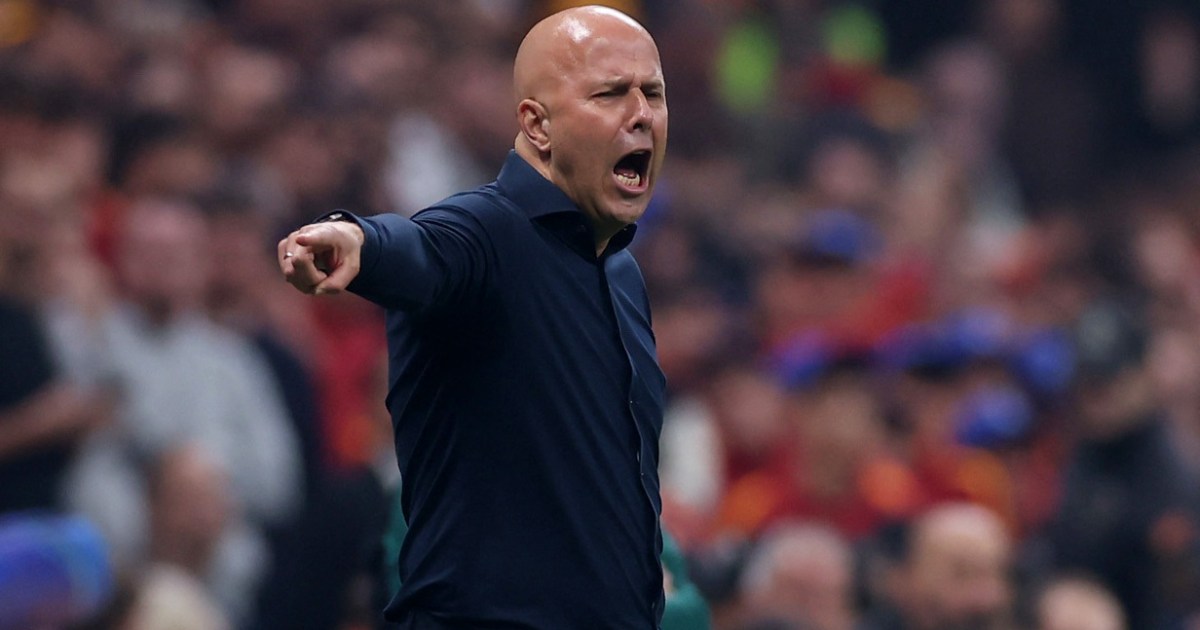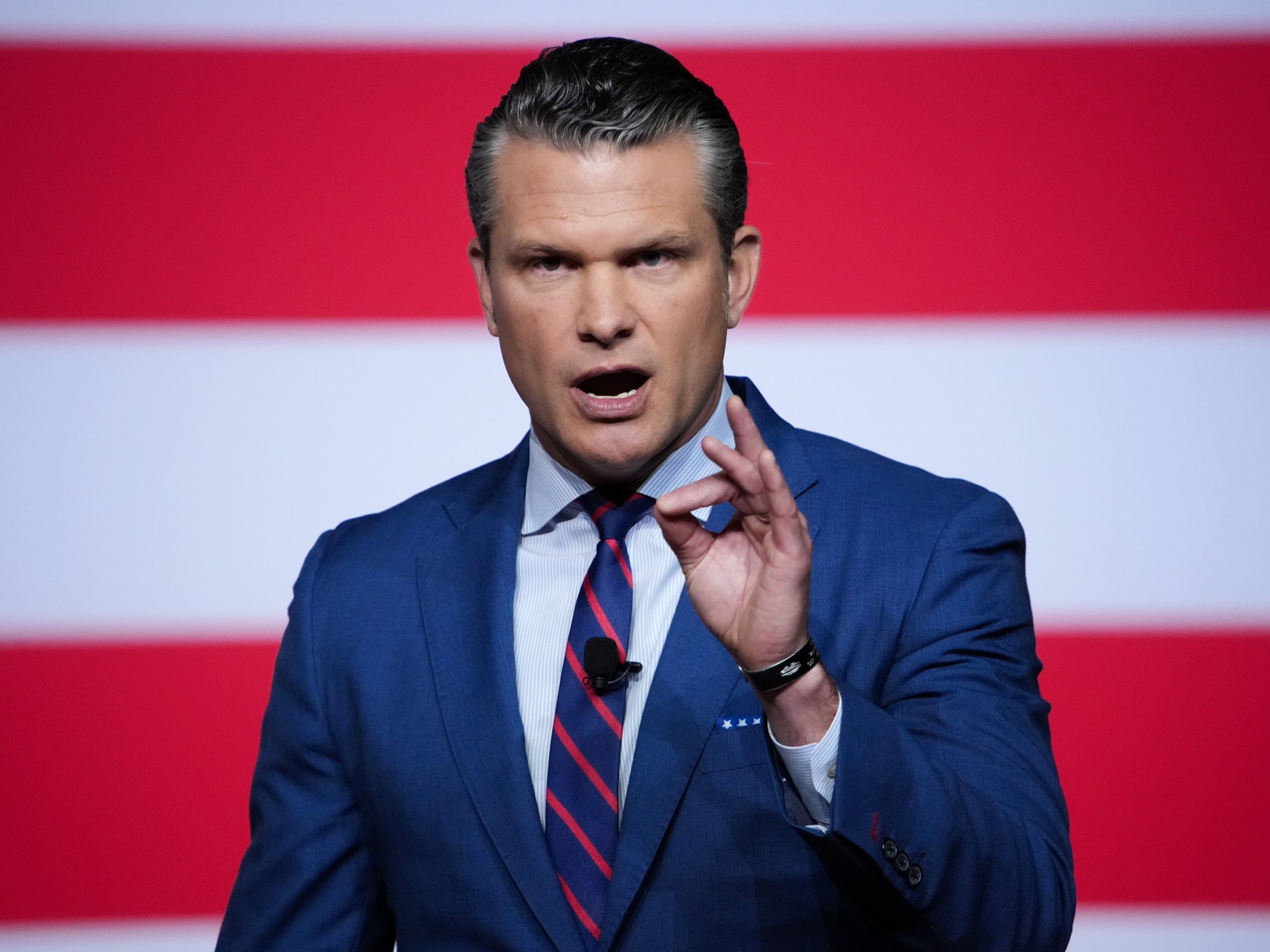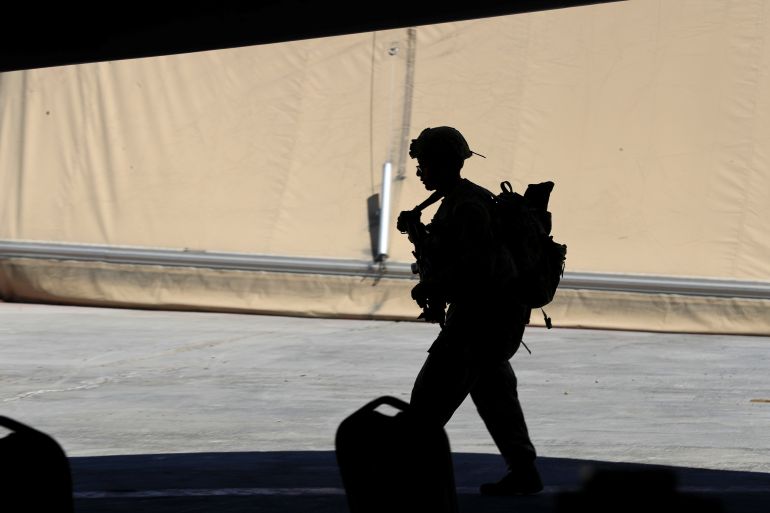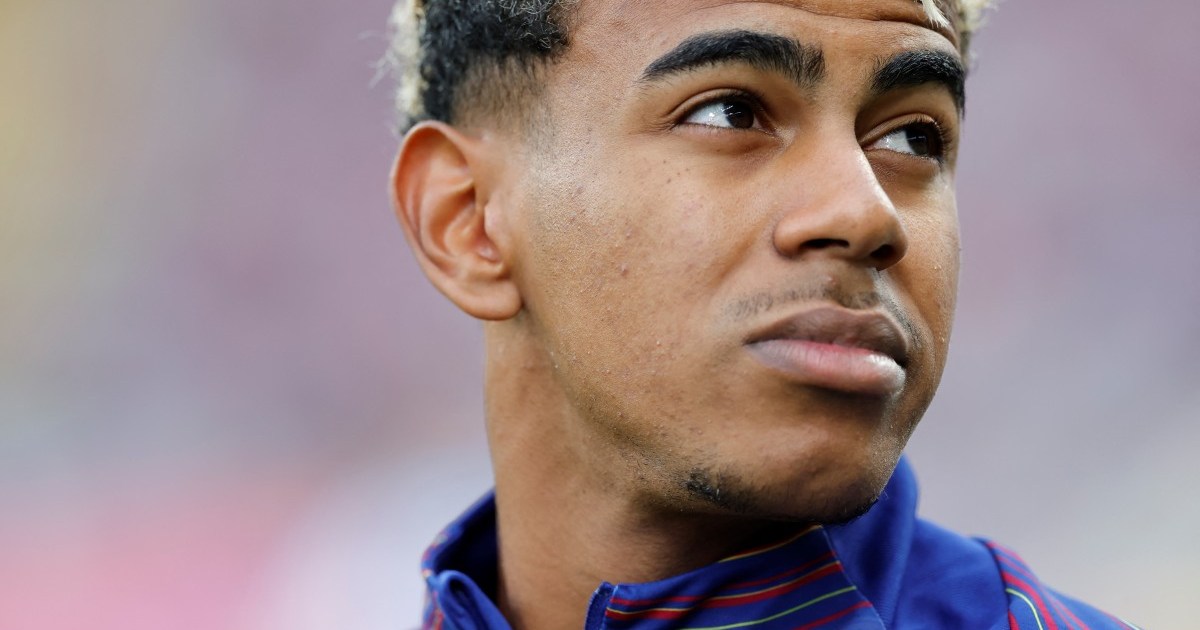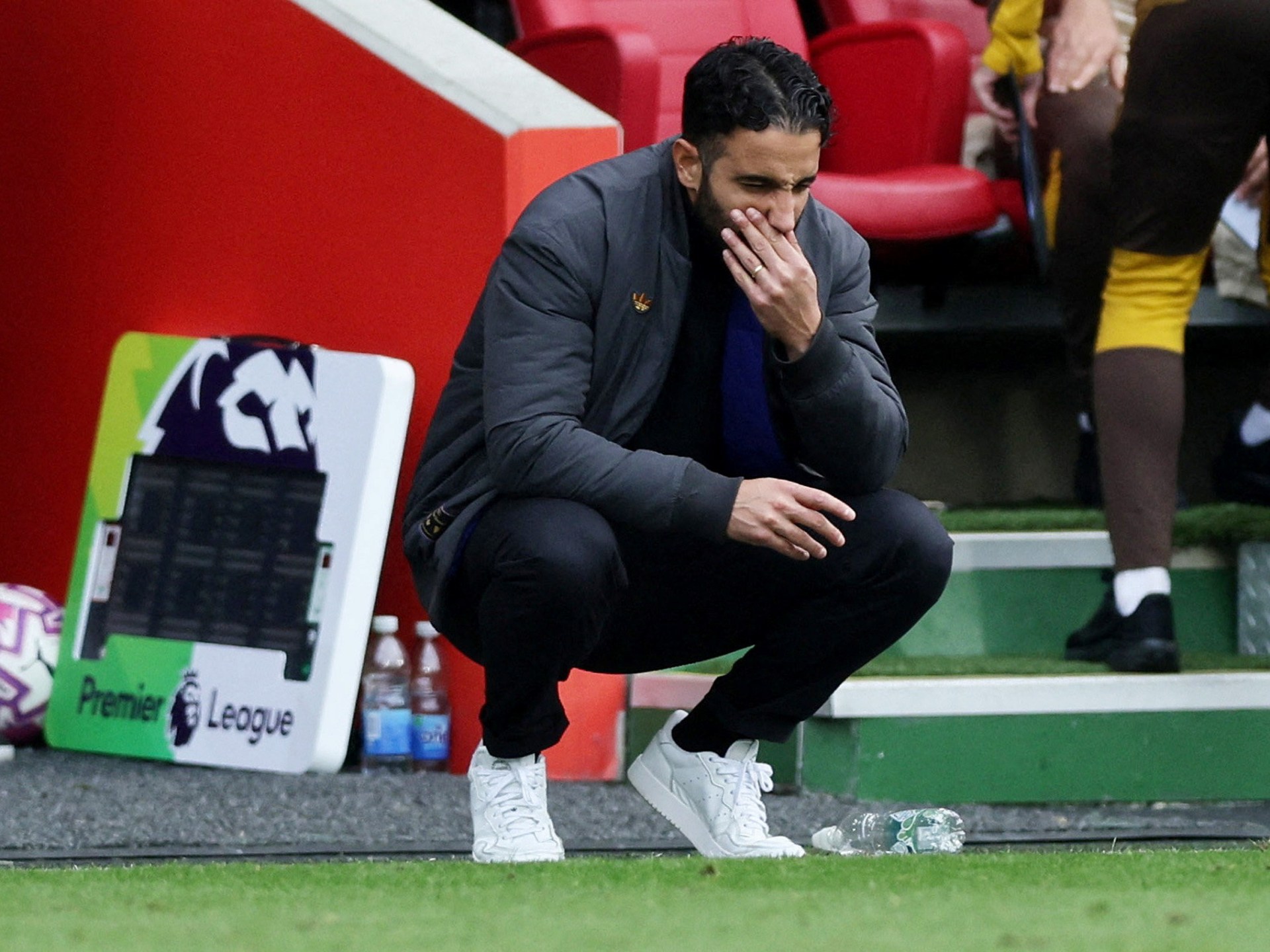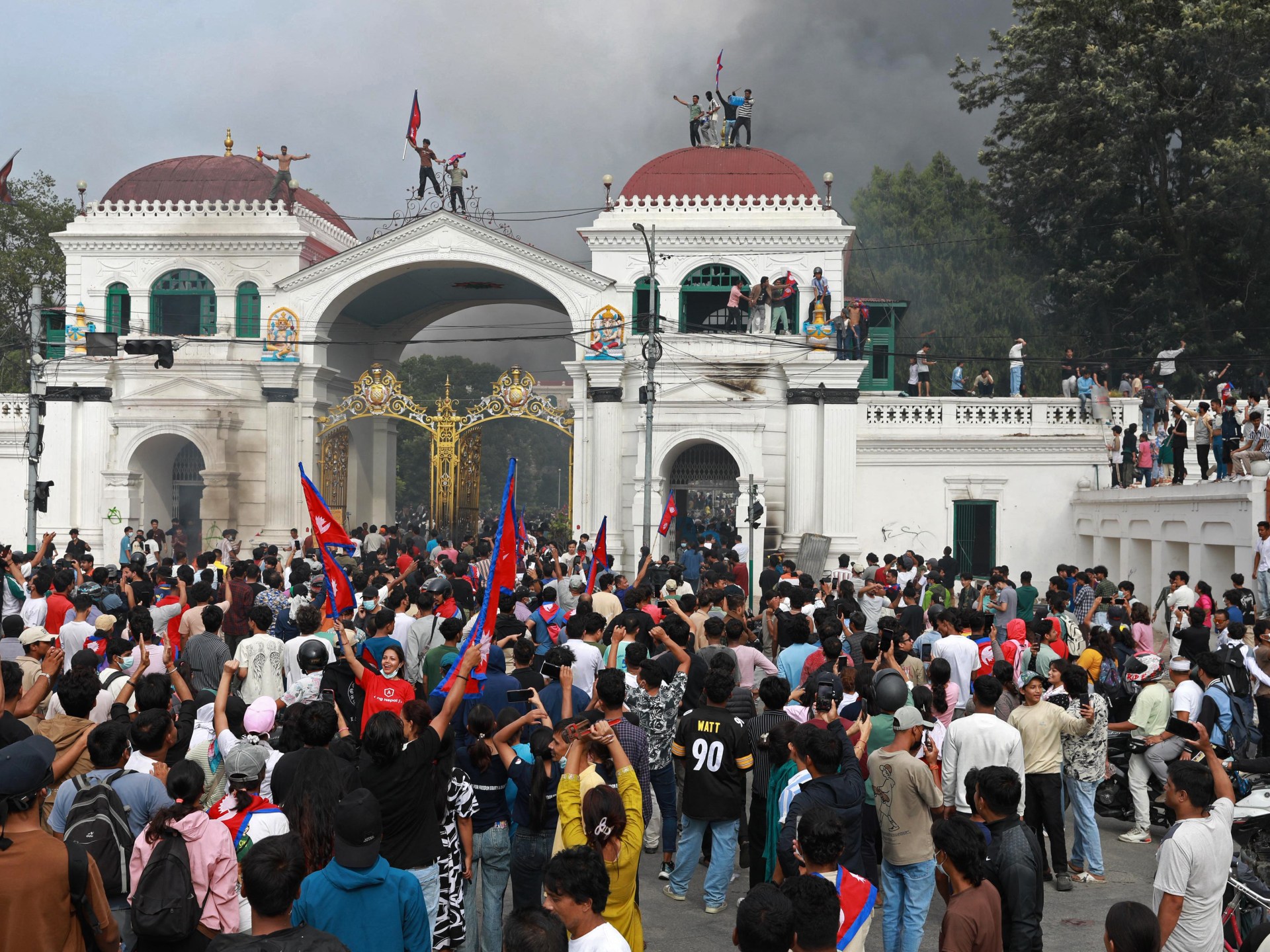Who: Chelsea vs Liverpool
What: English Premier League
Where: Stamford Bridge in London, United Kingdom
When: Saturday, October 3, at 5:30pm (16:30 GMT)
How to follow: We’ll have all the build-up on Al Jazeera Sport from 11:15 GMT in advance of our live text commentary stream.
Premier League champions Liverpool travel to Chelsea after a rare barren run under Arne Slot.
Recommended Stories
list of 4 itemsend of list
The Dutchman led the Reds to their record-equalling title win last season – his first since replacing the popular Jurgen Klopp – but a recent blip has led to questions as to whether the club’s transition between managers will be more noticeable this term.
Chelsea, meantime, are hoping to build on their FIFA Club World Cup victory earlier this year, but have not had the smoothest start to the season themselves.
Al Jazeera Sport takes a look at the pick of the weekend’s Premier League fixtures.
What is Chelsea’s take on the visit of Liverpool?
Liverpool’s back-to-back losses over the last week have shown that they are vulnerable, but that will not make this weekend’s Premier League clash with the champions any easier for Chelsea, the London-based club’s manager Enzo Maresca said on Friday.
Leaders Liverpool started the league campaign with five straight wins but lost at Crystal Palace last Saturday, before a defeat away to Galatasaray in the Champions League on Tuesday.
Chelsea, who have lost their last two games in the top-flight and sit eighth in the table, seven points adrift of Liverpool, will look to build on the momentum from Tuesday’s 1-0 Champions League win over Benfica at Stamford Bridge.
“There is a vulnerability about any team in the world, not just Liverpool. But if a team wins every game, it is impossible to catch them. Now, they lost one or two games. That shows vulnerability,” Maresca told a news conference before Saturday’s home game.
“I don’t think now it is better to play Liverpool. It is always a tough game, always a big team.”
Do Chelsea have a disciplinary problem?
Red cards have plagued Chelsea, with goalkeeper Robert Sanchez dismissed five minutes into the 2-1 defeat at Manchester United and Trevoh Chalobah being sent off in last weekend’s 3-1 loss to visiting Brighton & Hove Albion.
“Most of the games we didn’t get the points were because of the red cards. Also, the injury situation, we have eight players out. It’s a mixed combination, but we don’t have any doubt that slowly we will be again where we need to be,” Maresca said.
Has Chelsea’s blip surprised Maresca?
The Italian, who has led Chelsea to the UEFA Conference League and Club World Cup trophies this year, said he had enjoyed the start to the 2025-26 season despite the struggles.
“It’s normal. I am not thinking, [being] the Chelsea manager, everything is always going to be in place. You need to adjust, you need to evolve,” he added.
“I consider [Liverpool] the best team in England at the moment because they have shown that, and they won the Premier League. We are improving and trying to solve problems. For sure, in the end, we will be there and close.”
Alisson’s injury means he will miss @LFC’s visit to Chelsea on Saturday 🤕
What do you notice about Liverpool’s record with and without the Brazilian goalkeeper? pic.twitter.com/CUjImBTlvw
Alisson injury blow hits Liverpool
Liverpool manager Arne Slot already said Alisson would miss the league match at Chelsea, following his injury in the defeat at Galatasaray in midweek, but confirmed on Friday that the keeper would not be joining up with Brazil for its friendlies against South Korea on October 10 and Japan four days later.
Asked for a timescale for Alisson’s absence, Slot said, “It depends on how fast the recovery goes. It’s clear not Saturday, he’s not going to play for Brazil, and I would be surprised if he’d be there for the first game after the international break [against United at Anfield on October 19].
“From there on, things can go a bit faster or a bit slower. It’s always difficult to say.”
It means Georgia international Giorgi Mamardashvili will get a run in the first team after joining on a full-time basis from Valencia during the offseason.
What is Liverpool’s take on their form before Chelsea match
Liverpool is coming off back-to-back defeats under Slot for just the second time since he arrived in the summer of 2024.
Slot said he saw opponents start to work out Liverpool’s style of play under him in the second half of last season – when the team was already well on its way to winning the Premier League title – and that it has continued into this campaign.
Liverpool is also trying to gel after a $570m spending spree on new players in the summer transfer window, with the likes of Florian Wirtz and Alexander Isak adjusting to life at their new club.
Slot suggested Liverpool will start turning to being more efficient at set pieces – an approach he called the “new reality” in the Premier League – to break down opponents.
“Jurgen gave me a lot of gifts, but one of the gifts he gave me was [finishing] third the year before and fifth the year before that, and him being so well known that a new manager came in and everybody thought, ‘OK, let’s start to play against Liverpool,’” Slot said.
“Teams played in a completely different way in the first half of the season against us than they did when we were top of the league after half the season and top of the Champions League. I can see this going into this part of this season. We have to find answers to that, and last season, one of the answers was the set piece. Like many teams, we have to unlock low blocks with set pieces and this season we haven’t done that — yet.”
What happened the last time Chelsea met Liverpool
Chelsea won the last meeting between the clubs 3-1 in a Premier League meeting at Stamford Bridge on May 4.
Enzo Fernandez and a Jarell Quansah own goal put the Blues two up by the break. Virgil van Dijk pulled one back for the Reds in the 85th minute to set up a tight finish before Cole Palmer’s 90th-minute penalty settled matters.
Head-to-head
This is the 199th meeting between the clubs, with Liverpool winning 83 times and Chelsea winning 66.
Chelsea won in the last meeting between the sides ended a ten-game run without a win against Liverpool, of which the Reds won three.
Chelsea team news
Chelsea are missing injured defenders Levi Colwill, Wesley Fofana and Tosin Adarabioyo, as well as defensive midfielder Dario Essugo, who had thigh surgery last month.
“In this moment, I think we have four or five defenders out. We are going to try and adapt and find the right solution for tomorrow,” Maresca said.
Forward Liam Delap and midfielders Cole Palmer and Andrey Santos are also out with injuries.
Trevor Chalobah is suspended for the game following his sending off at Brighton, but Pedro’s sending off in midweek does not affect his participation.
Liverpool team news
Alisson was one of two casualties of the Reds’ midweek loss alongside Hugo Ekitike, but he has not been fully ruled out with his thigh problem.
Federico Chiesa may return from a niggle, but Giovanni Leoni remains a long-term absentee with his ACL injury.
Chelsea predicted starting lineup
Sanchez; James, Acheampong, Badiashile, Cucurella; Fernandez, Caicedo; Estevao, Buonanotte, Neto; Pedro
